Characteristics and construction process of acrylic submarine tunnel
The acrylic submarine tunnel is a unique and magical building. It uses acrylic sheets as construction materials, allowing people to feel as if they are in the ocean and appreciate various fish and marine life up close. This article will introduce the characteristics, construction process and use effects of acrylic submarine tunnels.
The characteristics of acrylic submarine tunnels are very prominent, mainly including the following aspects
First, it uses highly transparent acrylic sheets as construction materials, which makes the vision in the tunnel very clear and bright. Secondly, the acrylic sheet itself has strong impact resistance and can effectively protect the safety of the audience in the tunnel.
Acrylic sheets also have good aging resistance and can maintain transparency and beauty for a long time. Finally, acrylic sheets can be easily processed into components of different shapes and sizes, which is convenient for customizing submarine tunnels of various styles.
The construction of acrylic submarine tunnels requires a series of professional engineering and technology. Tunnel design is required to determine the length, height, width and curve of the tunnel, and the size and quantity of acrylic sheets need to be calculated.
The foundation and supporting structure of the tunnel are constructed to ensure that the tunnel has sufficient stability and safety. The acrylic sheets need to be cut, drilled and assembled to make tunnel components of different shapes and sizes, and assembled through professional connectors and support structures to finally complete a beautiful acrylic underwater tunnel.
The use effect of the acrylic underwater tunnel is very outstanding. The tunnel can provide sufficient protection and safety to ensure the quality of experience and safety of the audience.
The audience passing through the tunnel can appreciate various fish and marine life up close, as if they were in the underwater world. In the tunnel, the changes in light and water flow allow the audience to feel different environments and atmospheres, allowing people to have a deeper and more comprehensive understanding of marine life.
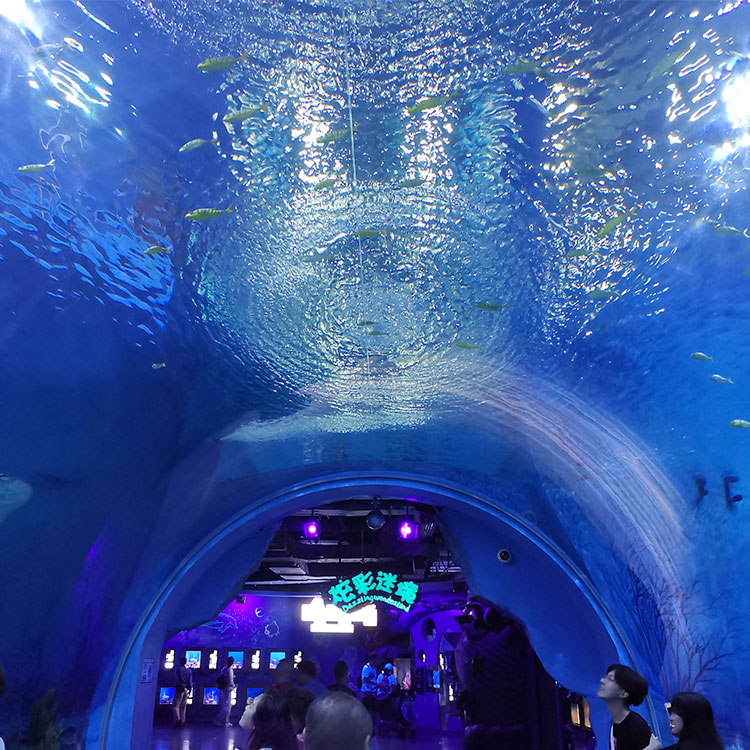
A brief discussion on the construction technology of the arched acrylic glass of the underwater tunnel of the aquarium
The underwater tunnel uses acrylic glass to install, which can achieve a 360-degree all-round ocean scene, allowing visitors to feel immersive, as if they are in the embrace of the ocean. At the same time, in order to ensure the quality and safety of the project, it can also withstand the pressure of the pool and the overall aesthetic requirements, and each technical requirement is very high.
1.Some characteristics of acrylic glass
① The shapes of arched acrylic glass are different.
② The length of arched acrylic glass varies greatly.
③ Each glass of arched acrylic is very heavy.
④ The requirements for the transportation of arched acrylic glass are very strict, because acrylic glass is a kind of ornamental glass, so there must not be any scratches during transportation, which is very serious for the protection of glass.
2.Several difficulties in the construction of arched acrylic glass
(1) The splicing between glasses is very complicated.
(2) It is very difficult to solve the waterproof connection between the arched acrylic glass and the door, because the acrylic glass and the dumb mouth left by the structure are two different materials, and the waterproof connection is a big problem. Secondly, acrylic glass may change under water pressure, so it is required that the two connections can produce a certain change and have good sealing.
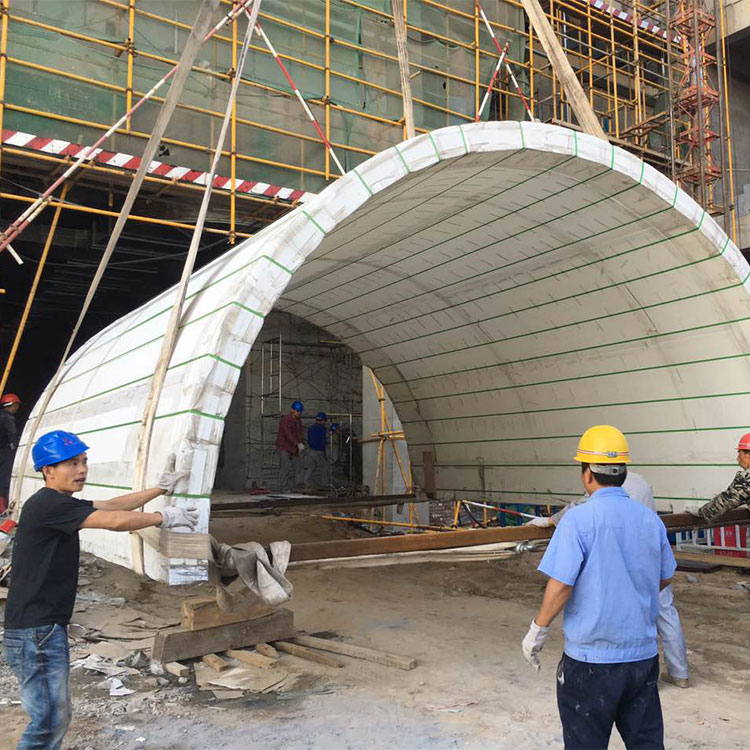
3 .Several key points about acrylic glass technology
(1) Key points about reasonable bonding of arched acrylic glass casting.
① About PMMA polymerization theory. PMM monomer molecules have double bonds. If they are stimulated by external forces, they will be activated. When the double bonds are opened, free radicals or free radicals can be generated. Because the activated molecules and the unactivated monomer molecules react, polymerization reactions occur, and new molecules with activation skills are generated. If they further react with the unactivated monomers, polymerization is carried out. This process is carried out step by step until the activation ability of the macromolecule is eliminated.
② The two pieces of acrylic glass are assembled into a "V" shape, and the grooves are made of 3 mm polyvinyl chloride board or other hard materials, cellophane, etc. to form a slurry-proof mold frame. When assembling, be sure to install adjustment reinforcements on both sides. After the prepared slurry is vacuum-demolded, slowly introduce the assembled slurry into the slurry mold frame. After it solidifies at 20~35℃, it is first heated in an oven, and the last step is to polish the fine seams of the assembled slurry.
③ About the process and key points of operation. The process of the process: making the joint mold frame → preparing the joint slurry → installing the tension adjustment reinforcement → pouring the slurry → heat treatment +. Key points of operation: Manufacturing the mold frame for splicing the fine seams: Process the cross-section of the acrylic glass splicing fine seams into a 5~20° groove, and it must be handled neatly. At the same time, splice the two samples into a 30~40° "V"-shaped groove. The tip needs to be about 1mm wide. The tip of the "V"-shaped notch and the notches at both ends are pasted with cellophane: At the same time, the opening surface of the V"-shaped groove is bonded with a 3m thick tight vinyl chloride board to form a slurry-proof slurry model. Secondly, the slurry in the mold frame can only come into contact with the acrylic glass of the cellophane. Assembly of splicing slurry: Put PMA monomer, organic peroxide initiator, promoter, etc. according to regulations The ratio is introduced into the prepolymerization reaction container of the mixer, and the general prepolymerization slurry method is used to prepare a slurry with a viscosity of 10~20s/50~60℃ for standby. Install the tension adjustment reinforcement: use a reamer to drill a hole between the two acrylic glasses, install the tension adjustment rod in the hole, introduce the hole, the tension adjustment rod, the small acrylic glass block and the acrylic glass into the original slurry, adjust the tension adjustment rod, and at the same time, polymerize the assembled original liquid at 20~35℃ until it solidifies. Casting: After vacuum degassing the prepared slurry, slowly introduce it into the slurry mold frame, but the slurry cannot overflow. Secondly, the surface of the slurry needs to be Cover the middle layer with the same width as the mold frame with cellophane, remove the bubbles between the slurry and the cellophane, and place it at 20-35℃ to polymerize and solidify.
Heat treatment:
After the joints are cured, remove the molding materials. Alcohol can be used to clean the dirt on the surface of the sample. The construction environment should be completely closed to reduce heat dissipation during heat treatment. Then heat treatment is carried out in an oven. The oven temperature is controlled at 100-110℃ and the maintenance time is 1-2 hours. Processing of joints: After the heat treatment is completed, the excess of the joints is discarded, and the last step is polishing and grinding.
Notes:
① When installing acrylic glass, the surrounding environment should be kept dry.
② The thickness of the acrylic glass sealant should be controlled within ±5mm.
③ When splicing acrylic glass, prepare several backup power supplies to prevent the impact of power outages on the splicing temperature.
④ Check the temperature control machine regularly to maintain the stability of the working temperature.
⑤ After the sealing colloid at the glass lintel is cured, a water-tightening test should be carried out.
⑥ Before observing the water body, the acrylic glass should be disinfected as a whole to prevent the dirt remaining on the surface of the acrylic glass from causing water pollution.
(2) Waterproof treatment between acrylic glass and lintel.
1) Process theory: When splicing acrylic glass and lintel, a certain thickness of acrylic pad should be placed under the acrylic glass to ensure that the glass is on the same horizontal surface. Then, alum expansion agent cement is used to fill the narrow gap between the two. The last step is to use 504 glue to inject into the glass and lintel to ensure the waterproof effect.
2) Workmanship procedures and several key points of operation. Workmanship procedures: Epoxy resin fiberglass is used for waterproof treatment at the lintel. Acrylic glass pad is placed → 504 structural glue is used to stick the acrylic glass pad to the weir → acrylic glass is positioned and fixed. Alum stone expansion cement is filled → 504 structural glue is injected → structural glue surface treatment.
Operation key points:
① Epoxy resin fiberglass is used for waterproof treatment at the lintel.
② Acrylic glass pad is placed.
③ Use 504 structural glue to stick the two together.
④Fix the position of the acrylic glass.
⑤Fill with alum stone expansion cement.
Use alum stone expansion cement to fill the narrow gap between the acrylic glass and the lintel, and use alum stone expansion cement to level the anti-corrosion parts on the inner and outer sides of the lintel.
⑥Use 504 structural glue to seal. After the alum stone expansion cement hardens, basic treatment should be carried out. After treatment, 504 structural glue is introduced to the anti-corrosion interface between the acrylic glass and the lintel structure to seal.
⑦The surface of the structural glue should be treated. The surface of the sealing must be treated cleanly and tidy, and the acrylic glass and the top surface of the lintel must be cleaned, and the width of the structural glue must be the same.
In general
We must pay attention to the safety and quality of acrylic glass curtain wall installation in order to shorten the construction time, save capital expenditure, and shorten the construction cost expenditure, so as to not only withstand the pressure inside the pool, but also meet the overall aesthetic requirements of the appearance. The performance of acrylic glass curtain wall is mainly reflected in the light transmittance of more than 93%, which is praised by everyone as "plastic water products", and it has excellent aging resistance and is very light.
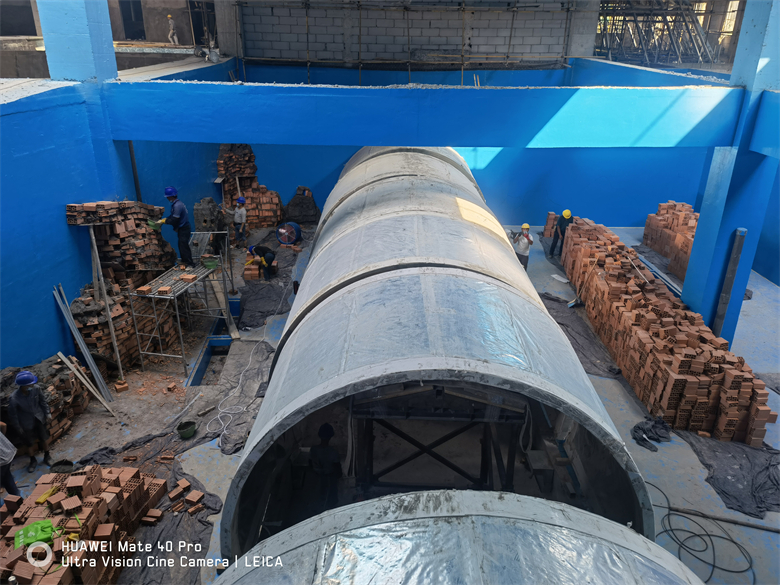
Which acrylic aquarium manufacturer best
There are several acrylic aquarium manufacturers that are well-regarded for their high-quality products.
While opinions may vary, here are a few reputable acrylic aquarium manufacturers:
LEYU (Acrylic Tank Manufacturing):
LEYU is a well-known manufacturer that specializes in custom acrylic aquariums. They are known for their attention to detail, craftsmanship, and ability to create unique and stunning aquarium designs.
LESHENG:
LESHENG offers a range of acrylic aquariums known for their clarity, durability, and affordability. They provide various sizes and shapes, making them suitable for both beginners and experienced aquarium enthusiasts.
LEHUI:
LEHUI is another reputable manufacturer that produces acrylic aquariums known for their clarity and sleek design. They offer different shapes and sizes, including standard rectangular tanks, bow-front tanks, and hexagon tanks.
LEYU:
LEYU is a manufacturer known for their innovative and visually striking aquarium designs. They specialize in rimless, frameless acrylic aquariums that create the illusion of a seamless aquatic environment.
Leyu acrylic aquarium factory:
Leyu acrylic aquarium factory is a manufacturer that focuses on producing high-quality, custom-made acrylic aquariums. They are known for their attention to detail and ability to create unique designs tailored to the customer's preferences.
When selecting an acrylic aquarium manufacturer, it's essential to consider factors such as the size, shape, and design options they offer, as well as the reputation and customer reviews for their products.
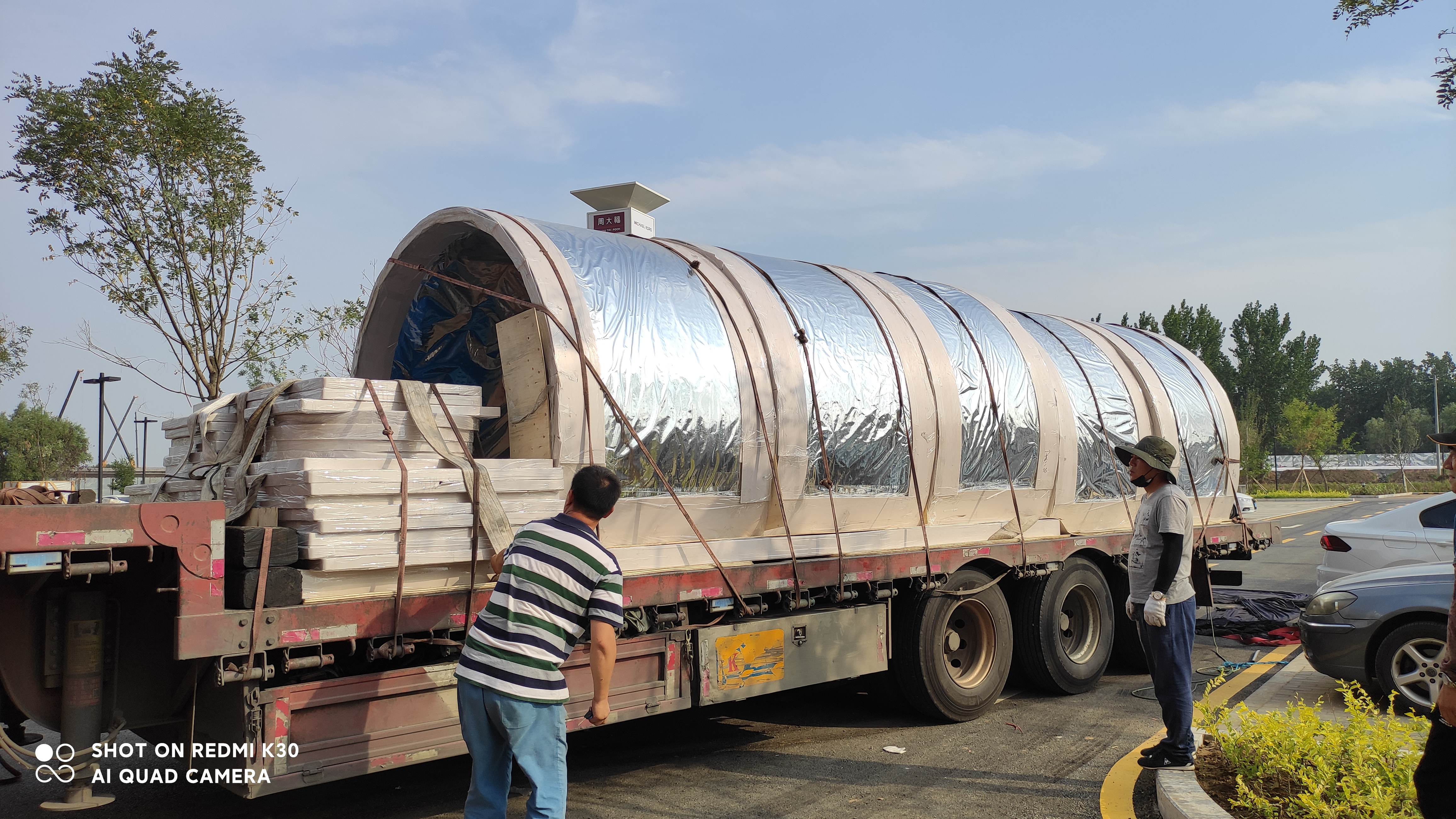
Acrylic tunnel - installation
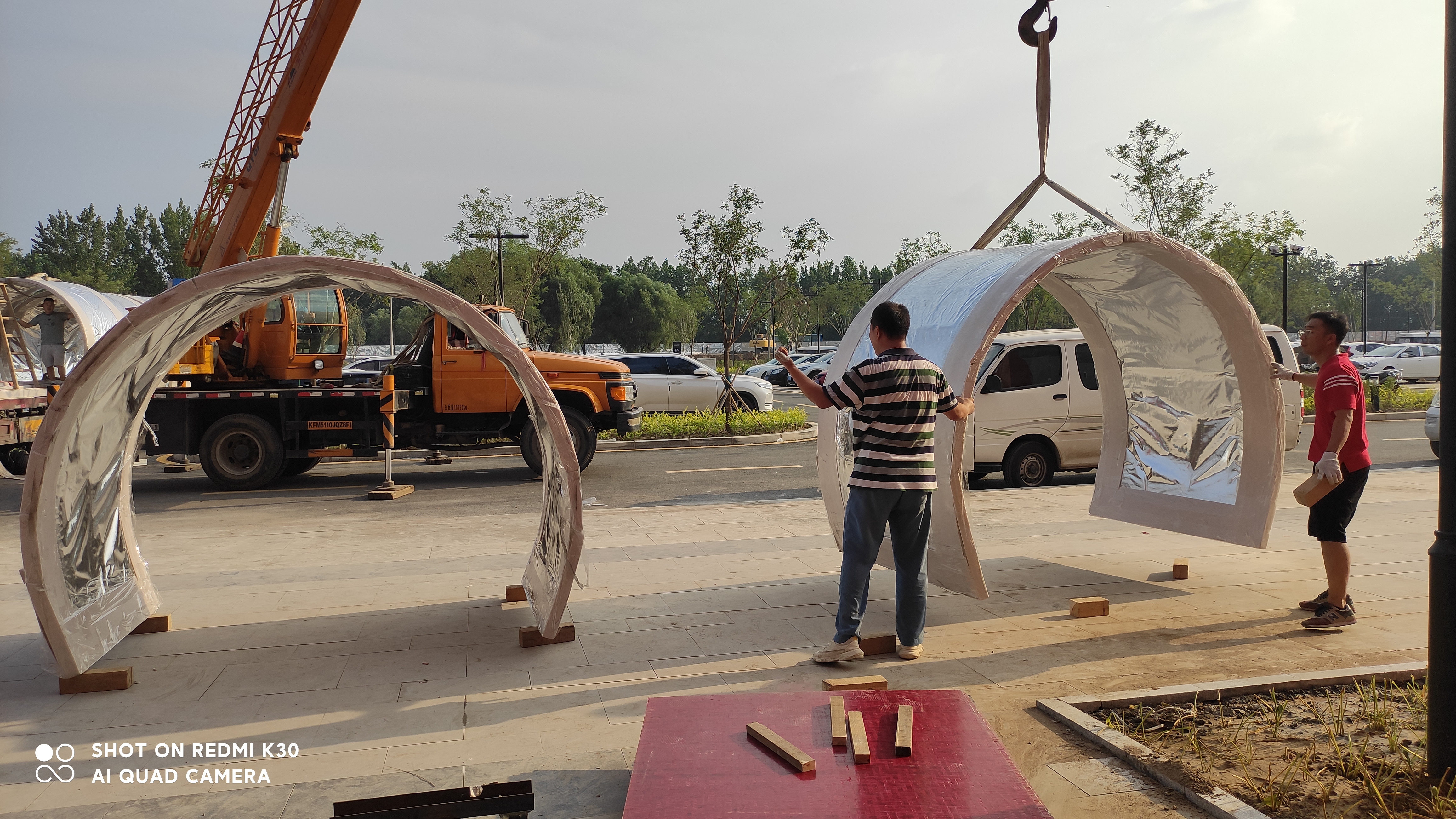
Acrylic tunnel - installation
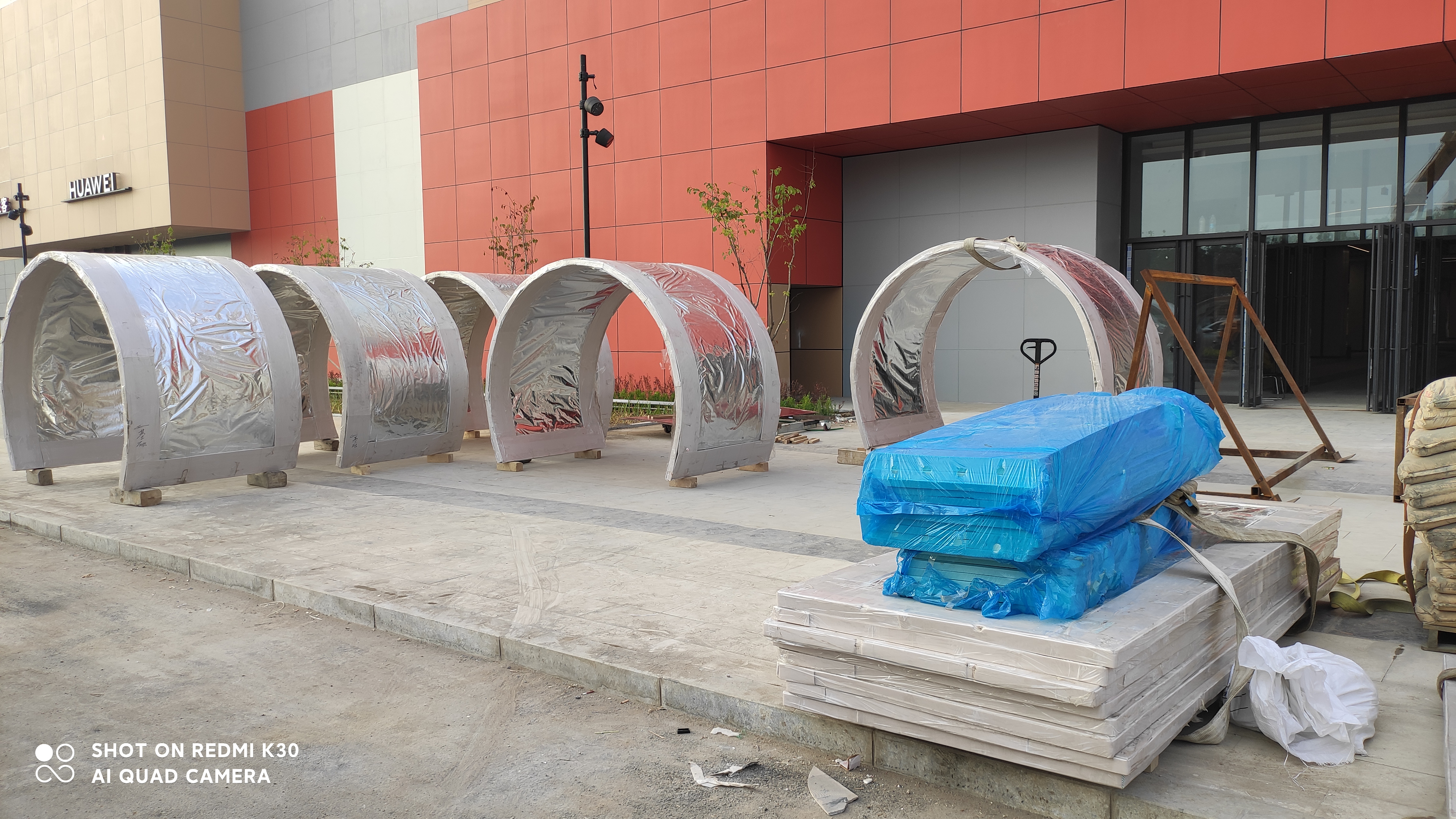
Acrylic tunnel - installation
Hot Searches
Fish Food
Pvc Clear
Fish Feed
China Aquarium
Uv Tunnel
Kid Tunnel
Amusement Tunnel
Kid Play Tunnel
Acrylic Aquariums
Large Acrylic Tunnel bulkbuy
Fish Food Manufacturers
Pvc Clear Manufacturers
Wholesale Fish Tank
Wholesale Aquarium Decoration
Aquarium Fish Food Price
Big Fish Price
English
العربية
Русский
Español
Português
Français
Deutsch
italiano
한국어
Nederlands
Tiếng Việt
ไทย
Polski
Türkçe
አማርኛ
ភាសាខ្មែរ
Bahasa Melayu
தமிழ்
Filipino
Bahasa Indonesia
magyar
Română
Čeština
Српски
हिन्दी
فارسی
Kiswahili
Slovenčina
Slovenščina
Norsk
Svenska
Ελληνικά
Suomi
עברית
Dansk
Shqip
বাংলা
Hrvatski
Afrikaans
Māori
සිංහල
Беларуская мова
Bosanski
ދިވެހި
Esperanto
guarani
Hausa
ʻŌlelo Hawaiʻi
Kurdî
Lietuvių
Македонски
ਪੰਜਾਬੀ
Runasimi
Türkmençe
isiZulu


 +86-13584439533
+86-13584439533 









































